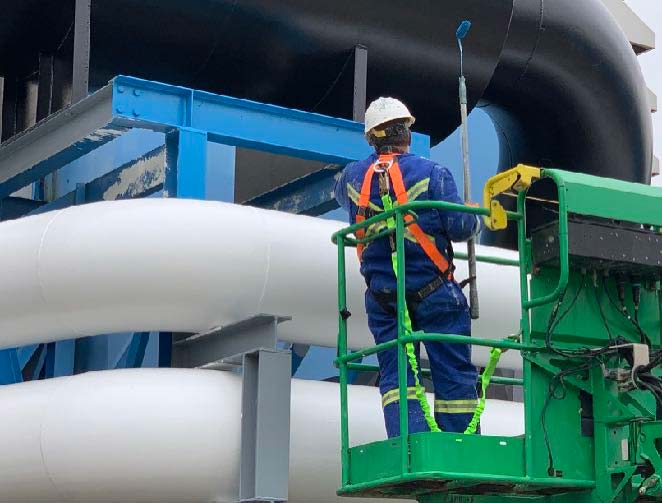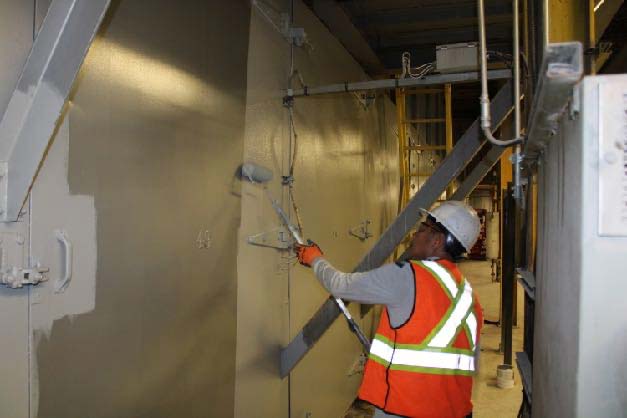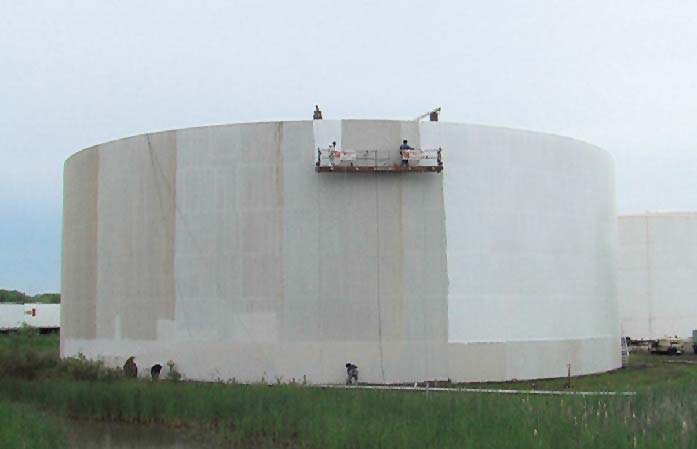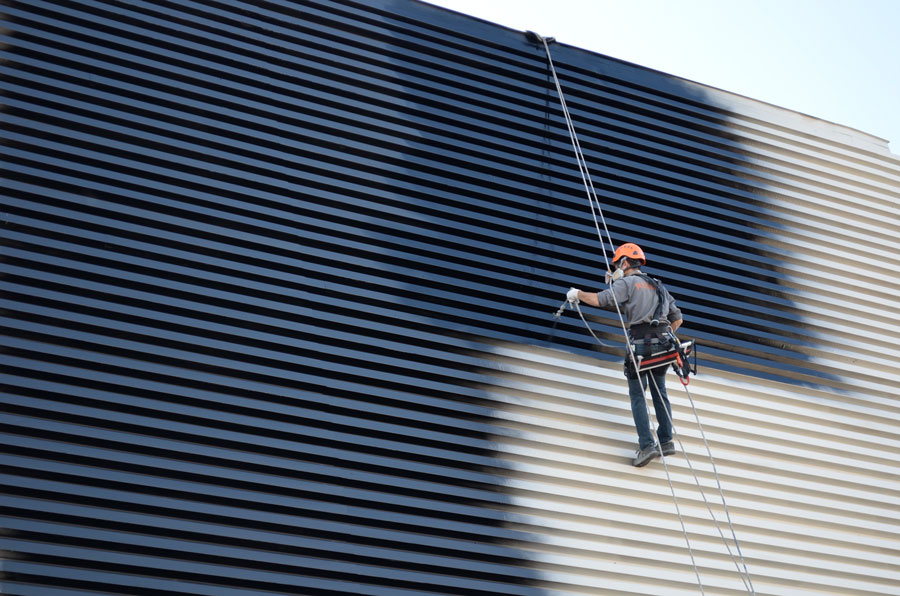Health & Safety
B.E.S.T. Painting Ltd. is committed to providing a Safe and Healthy working environment for our many team members and employees. We recognize our responsibility to protect our workers as well as the environment through responsible industrial painting practices. The following key factors outline our commitment to adhering to all applicable environmental, health, and safety regulations in Canada and sets the framework for our EHS objectives.
1. Compliance with Regulations: We comply with all federal, provincial, and territorial EHS laws and regulations that apply to our operations, including but not limited to those related to hazardous materials, worker safety, and environmental protection.
2. Training and Education: We provide comprehensive EHS training to all team members and employees to ensure they understand and can mitigate the risks associated with industrial painting.
Training is ongoing and cover the following areas:
-The proper use of personal protective equipment (PPE)
-Handling hazardous materials and disposal
-Fall Protection
-Working at Heights
-Aerial Lift Training & Certification
-Confined Space Entry
-First aid and CPR
-WHMIS
-Respirator Fit Testing
-Rope Access Training (IRAT/SPRAT)
-Suspended Access Training

3. Hazard Identification and Risk Assessment: We conduct regular assessments of our work processes and job sites to identify potential hazards and assess the associated risks.
These assessments will inform our safety planning and the implementation of control measures to prevent accidents.

4. Worker Participation: We actively engage our employees and subcontractors in our EHS program. They will be encouraged to report safety concerns, incidents, or near misses and to actively participate in safety meetings and discussions.
5. Personal Protective Equipment (PPE): We actively mandate the use of appropriate PPE for all of our workers. This includes hard hats, safety glasses, gloves, steel-toed boots, high-visibility clothing, and respiratory protection.
6. Environmental Responsibility: We responsibly handle, store, and dispose of hazardous materials, adhering to all applicable environmental regulations. Our aim is to minimize the environmental impact of our industrial painting operations through proper waste management and the reduction of volatile organic compounds (VOCs) emissions.
7. Fall Protection: We implement and enforce fall protection measures to prevent falls from elevated surfaces, such as guardrails, safety nets, and personal fall arrest systems.
8. Emergency Response: We will establish and maintain an emergency response plan to address potential incidents, ensuring that all employees are aware of proper emergency procedures.
9. Continuous Improvement: We are committed to an ongoing process of monitoring, measuring, and improving our EHS performance. Regular reviews will be conducted to ensure the effectiveness of our EHS policies and procedures.
10. Leadership Commitment: Management is committed to providing the necessary resources and support to maintain a safe working environment and to foster a culture of environmental responsibility.

Rope Access Technicians
“IRAT” refers to “Industrial Rope Access Techniques.” Industrial rope access is a method of work positioning and access that involves using ropes and associated equipment to access and perform work in hard-to-reach or elevated areas. B.E.S.T. employs IRAT technicians for surface preparation and coating application for hard to reach areas, where traditional access methods like scaffolding or cranes are not possible or cost-effective. Here are the main factors that need to be considered when employing rope access techniques:
Safety: Safety is paramount in rope access work. Technicians undergo rigorous training, and strict safety protocols are followed to ensure the well-being of workers.
This includes the use of proper personal protective equipment (PPE), fall protection systems, and regular equipment inspections.
Versatility: Industrial rope access is versatile and can be used in various industries, including construction, oil and gas, energy, infrastructure, and more.
It’s ideal for tasks such as welding, painting, inspections, cleaning, and structural repairs.


Certification: Technicians involved in rope access work typically hold certification from organizations like IRATA or SPRAT.
These certifications require both theoretical knowledge and practical skills assessment.
Risk Assessment: Before starting any rope access work, a thorough risk assessment is conducted to identify potential hazards and develop mitigation strategies.
Emergency Procedures: Emergency procedures, including rescue plans, are established in case a worker becomes stranded or faces an emergency situation while working at height.
Industrial rope access is a valuable and safe method for accessing hard-to-reach places in various industrial settings, but it requires strict adherence to safety protocols and industry standards to mitigate risks effectively.
Accredited With:

